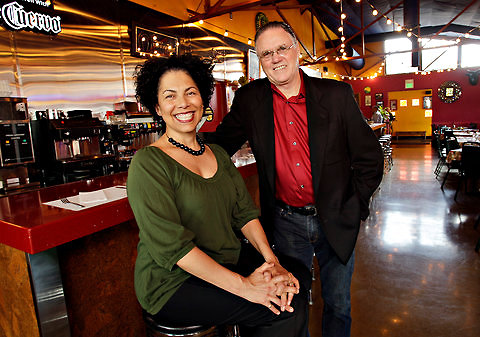But on Friday, its publisher, Random House, said it would not publish the cookbook, and would cancel a five-book contract it signed with Ms. Deen last year.
The book deal was one of the last remaining lucrative business relationships for the embattled celebrity chef. Its cancellation came on a day when Sears, Kmart and J. C. Penney announced that they would stop selling products, including cookbooks, branded with her name.
Since last week, the Food Network, Smithfield Foods, Walmart, Target, Caesars Entertainment, QVC and the pharmaceutical company Novo Nordisk have decided to suspend or sever ties with Ms. Deen after her admission in a legal deposition that she had used racist language in the past and allowed racist, sexist, homophobic and anti-Semitic jokes in one of her restaurants. Ms. Deen was deposed on video as part of a discrimination lawsuit filed last year by a former employee.
Her frantic efforts to stanch the flow of negative opinion by defending herself on the “Today” show and posting apologetic videos on YouTube have rallied many of her admirers. They have threatened boycotts of Walmart, created a “We Support Paula Deen” Facebook page that has well over half a million “likes,” and started a campaign to flood the Food Network offices with empty butter wrappers, a symbol of Ms. Deen’s indulgent cooking style.
But these efforts have not, apparently, made a difference to Ms. Deen’s corporate partners.
Stuart Applebaum, a spokesman for Ballantine Books, a division of Random House, said in a statement Friday afternoon, “After careful consideration, Ballantine Books has made the difficult decision to cancel the publication of ‘Paula Deen’s New Testament: 250 Favorite Recipes, All Lightened Up.’ “
The book, co-written by Melissa Clark, a dining columnist for The New York Times, was to feature lighter fare than the fat- and sugar-laden recipes Ms. Deen has promoted in previous books and on her television shows.
A person with knowledge of Random House’s decision to cancel the contract said, “When Walmart, Target and J. C. Penney all announced they are discontinuing their Paula Deen business, including books, it is awfully tough to stay the course of a publication. It was a business decision.”
Ms. Deen has published 14 cookbooks, starting in 1998 with “The Lady and Sons Savannah Country Cookbook.” Together, they have sold more than eight million copies.
But many of the sales outlets that normally sell thousands of Ms. Deen’s books — like Walmart, Target, Kmart and QVC — would have refused to carry the new one.
Random House would not disclose the amount Ms. Deen was to be paid, but a person with knowledge of the contract said it involved millions of dollars. It is unclear whether Ms. Deen will have to return any of it, or whether a clause in the contract would allow the publisher to cancel the pact because of Ms. Deen’s behavior.
“That’s why God invented lawyers,” said Mr. Applebaum.
On Thursday, the Danish pharmaceutical company Novo Nordisk said it was suspending its use of Ms. Deen as a spokeswoman for the drug. The company, which has the top-selling portfolio of diabetes medications in the United States, has reached out vigorously to black Americans in its marketing and medical sponsorships.
Ms. Deen began a multiplatform campaign to promote the drug on the same day last year she revealed she had Type 2 diabetes. That set off public criticism that she had misserved her audience. She had received the diagnosis two years earlier, yet had continued to promote recipes high in sugar and fat.
Didra Brown Taylor, the executive director of the Beautyshop Project, a national diabetes screening initiative that offers free blood tests in hair salons in low-income neighborhoods, said that Ms. Deen’s conflict of interest was noted by program participants at the time, and that the current crisis had confirmed many in their beliefs that Ms. Deen might be more opportunistic than honest.
“She was cooking food that a diabetic would not eat,” Ms. Taylor said. “And to profit from that and then to profit from a diabetes drug, that’s hypocrisy.”
She said African-Americans were unlikely to forget Ms. Deen’s more recent admission that she used racial epithets. “It’s more than a rumor,” Ms. Taylor said. “She can’t say that she didn’t say it.”

Leslie Kaufman contributed reporting.
Article source: http://www.nytimes.com/2013/06/29/business/media/publisher-drops-book-deal-with-tv-chef-paula-deen.html?partner=rss&emc=rss


